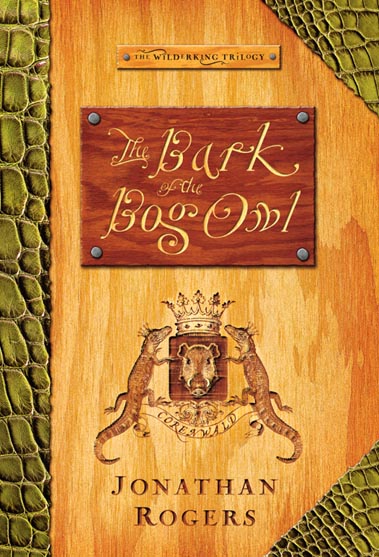
The Wingfeather Saga is now complete. Peterson went unconventional with four books instead of the standard trilogy. All of the main characters are here, and there is just so much going on that it is hard to understand how all the pieces are going to tie together until all of a sudden it is wrapped up and Peterson thanks you for reading his series.
The Warden and the Wolf King
is by far the best of the series. There are certainly some cliché moments that
I will try and avoid for the sake of not spoiling anything. But even in the clichés,
there is this understanding that there is no other way around it. The things
that happen have to happen and they change the course of events in the books.
In that regard it is easy to forgive Peterson. He at least did a great job of
using those types of events to his own means and advantage.
The first thing I liked about this particular book was the structure.
There are four distinct sections based on the four locations where action takes place. Instead of chronology what we have is the story of a region to its
completion. That is a nice change of pace. Certain characters appear in-and-out
of certain places because they are integral to the story, but overall you feel
like the story of each locale is complete.
In this story each of the main characters really becomes who they were
supposed to be. Where they were frail or weak, each of them becomes strong and
determined. This is most seen in Kalmar who as you can suspect from
the title becomes the king he should be.
Instead of spoilers, let me comment on one thing that Peterson did a
pretty good job with, and that is his incorporation of religion and
spirituality. I say pretty good, because books 1-3 are scant with details, but
book 4 hones in on the message. That made parts of his religious take
frustrating. The Wingfeathers do not seem much the religious type until book 4.
But in reality…who is?
Most people seem to understand this whole God thing better in the midst
of things, not just in day-to-day life.
Religion comes to play in the end because for these people it really is
what comes out of them. They are people of faith, not people of doubt. When the
pressure was applied what emerged was an understanding that the divine was
real. They may struggle against the divine or think that the Maker was doing
things backwards, but they nonetheless believed the Maker was real.
And instead of presenting God in some black-and-white descriptions
Peterson allows his characters to experience faith in the terms that Christians
do. Characters say, “I don’t know how, but,” and “I know I will know what to do
when the time comes,” as opposed to saying things like, “This is the truth no
matter what and if you don’t believe you will die.” In other words, they deal
with faith not rules and that is nice.
Wingfeather did not become my favorite series, but it did become a
series I would gladly read again. It is wistful, it’s fast-paced and above all
a story that both you and your kids can enjoy.




